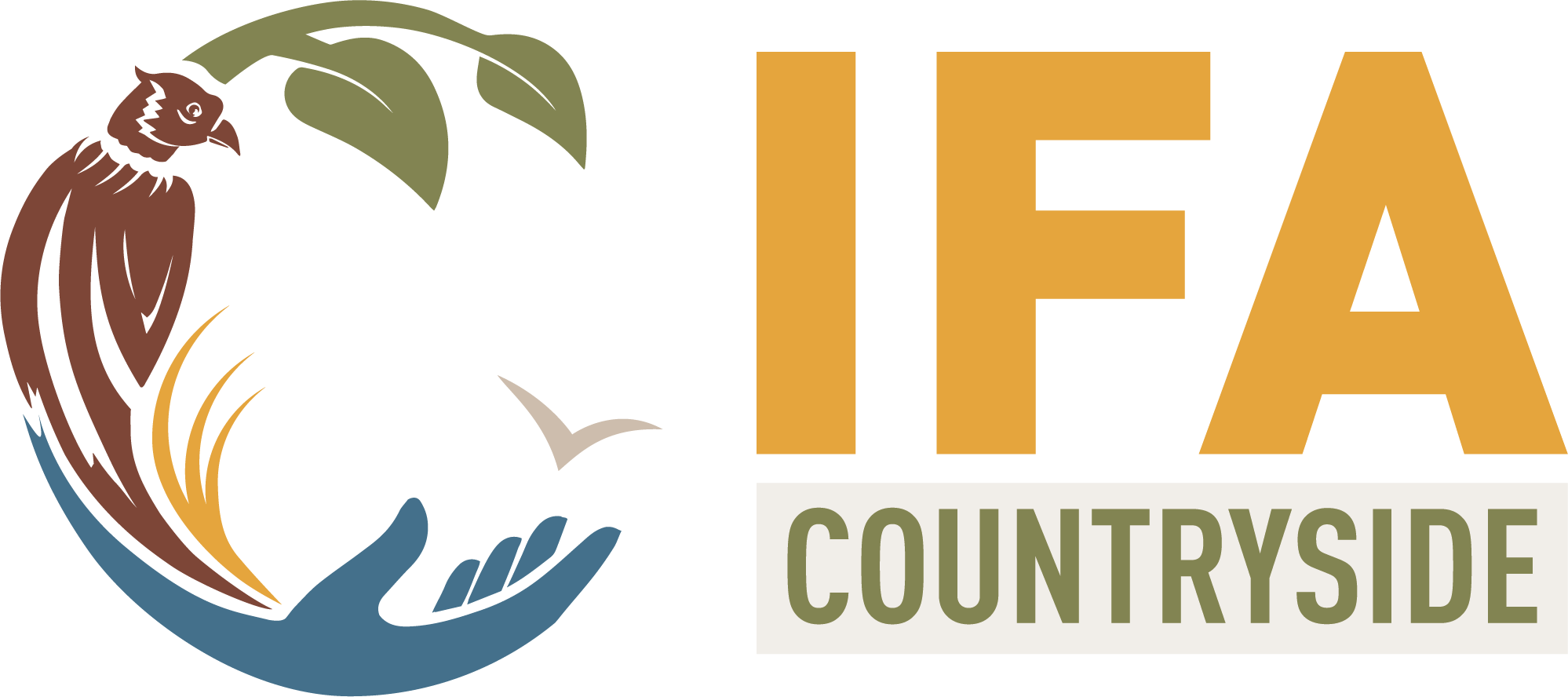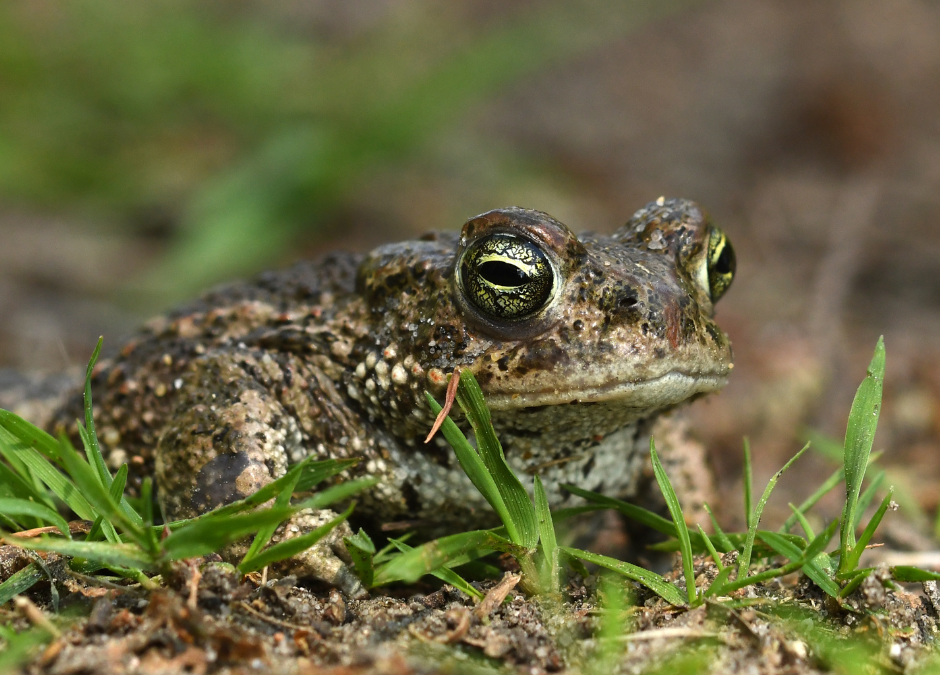- Joint initiative between NPWS and Fota Wildlife Park has released 6,000 toadlets to date
- This year’s cohort includes toadlets bred in captivity for the first time
- A new scheme will pay farmers to protect the habitat of this endangered species
Almost 500 Natterjack toadlets were on Monday July 25th, at Castlegregory, Co. Kerry, with the help of the local community. These included toadlets that had spawned in captivity – a first for Ireland and a major milestone in this joint conservation project to protect the endangered Natterjack between National Parks and Wildlife Service (NPWS) and Fota Wildlife Park.
Captive rearing plays an important role in the conservation of this unique and endangered amphibian and, through these efforts, over 6,000 individuals have been successfully released into the wild to date. Natterjacks endure natural mortality rates as high as 90%, with large numbers of eggs and tadpoles typically lost every summer due to predators and ponds drying out. 2022 has been a particularly challenging year for the toads, with the dry spring and summer meaning that spawning in the wild was very limited.
Through this project, staff from NPWS collect toad spawn and tadpoles from ponds in the wild and transport them to Fota where they are carefully looked after in special holding tanks over the summer months (captive rearing). Following metamorphosis, the resulting toadlets are then returned to the species’ native range in Kerry.
For the first time, the project also produced its own toadlets this year. A small number of mature natterjacks are being held in Fota and these produced spawn (captive breeding), providing a timely boost to the conservation efforts to save the species.
The natural range of the natterjack toad is restricted to the coastal zones of Castlemaine Harbour and Castlegregory in Co Kerry. The species suffered significant losses in range and population in the early 20th century due to land reclamation and changes in agricultural practises in these areas. Latest estimates put the population at less than 10,000 individuals in the wild. As a result the natterjack toad is considered to be endangered in Ireland and is protected under the EU’s Habitats Directive. NPWS efforts to address habitat loss for the toad have focussed on pond creation schemes, with some success. A new results-based farm plan scheme specifically for natterjack toads is now being rolled out by NPWS with local farmers.
Minister for Heritage and Electoral Reform, Malcolm Noonan TD, who visited Fota last year to see the conservation project for himself, was in Castlegregory on Monday morning to see the toadlets being returned to the wild. “This project is a fantastic example of scientists, conservationists and communities coming together to protect this rare amphibian and the habitat it depends on,” he said. “I want to commend my staff in NPWS, the team in Fota Wildlife Park and the nature lovers of Castlegregory for their efforts. I’m also delighted that local farmers can now benefit from a new results-based farm plan scheme specifically for Natterjack toads. This will pay farmers to manage their land in a way that helps ensure the conservation of this endangered species, and I hope that everyone will get involved.”
Welcoming the release, Dr Sean McKeown (Director of Fota Wildlife Park) said: “We’re delighted to be working with the NPWS on the recovery programme for the Natterjack toad. Fota is involved in breeding programmes for endangered species from all over the world, but we are particularly pleased to be able to support this project for a threatened species closer to home. This year’s release of Natterjack toadlets has been of greater significance for Fota as the toadlets being released were for the first time bred at Fota Wildlife Park”.
Predation of natterjack tadpoles is a significant cause of mortality in the wild. To avoid predators, natterjacks typically breed in shallow sunny ponds. However, these ponds are susceptible to drying up early. Desiccation of breeding ponds before metamorphosis accounts for significant mortality in Irish natterjacks in some years.
“The natterjack is a boom or bust species,” explained Dr Ferdia Marnell, the amphibian specialist in NPWS who has been overseeing the project. “And this year was not one of the good ones. The captive rearing ensures that some eggs do make it through to toadlets every year and that is particularly important in dry years like this.”
Notes
There are only three amphibians in Ireland: the common frog and the smooth newt are widespread. The natterjack toad is restricted to coastal areas of west Kerry.
Link to Irish Red Data Book which includes (on Page 47) useful information on natterjacks: https://www.npws.ie/sites/default/files/publications/pdf/RL5.pdf
The report from the most recent monitoring survey of Irish natterjacks can be accessed here: https://www.npws.ie/sites/default/files/publications/pdf/IWM107.pdf
Department of Housing, Local Government and Heritage Press Office
Tel: (01) 888 2638 (direct)
Email: [email protected]
Website: gov.ie/housing
Twitter: @DeptHousingIRL

